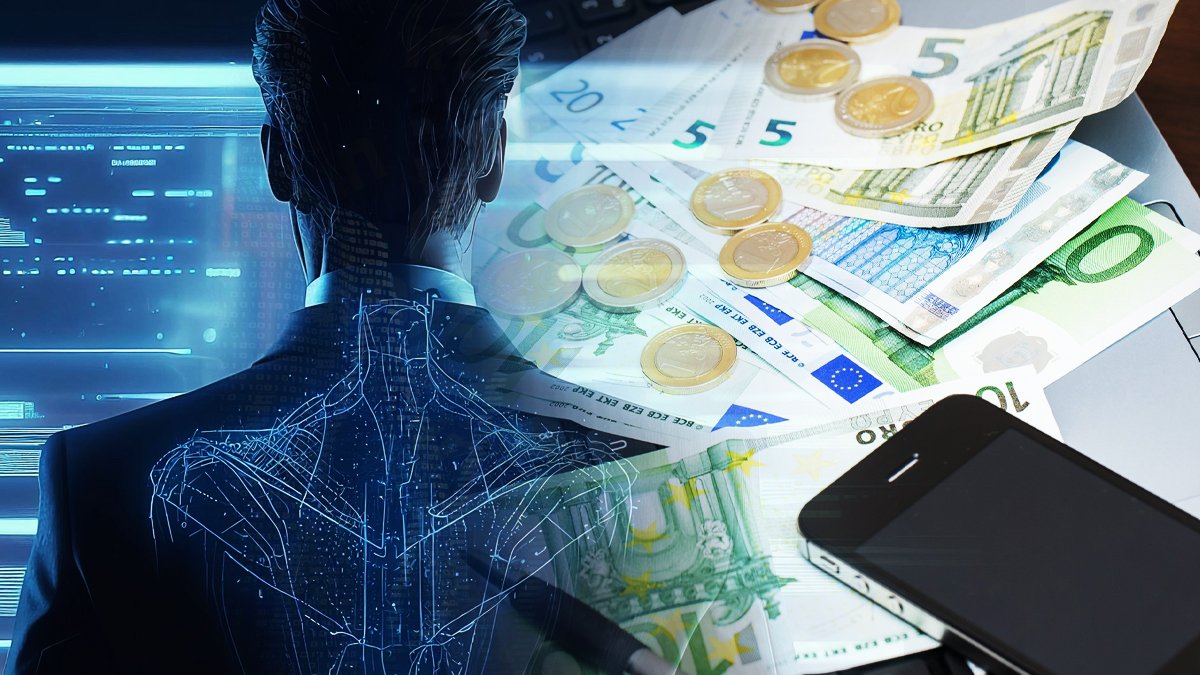The rise of AI in tax control
In 2021, the share of targeted controls by artificial intelligence (AI) accounted for 45%, compared to 32.5% a year earlier. Validated on March 11 by the National Commission for Informatics and Liberties, the use of this new computer software to automatically process taxpayer data should allow tax agents to better track fraudsters. The goal is to develop artificial intelligence and data mining techniques in the processing of tax data in order to better target controls and detect fraud profiles.
A national visualization tool: Galaxie
The decree of March 11 describes this new weapon against fraud as a visualization tool at the national level, linking professional entities together and with individuals, while also providing contextual information on the financial and tax situation of these individuals. Galaxie thus allows for the aggregation of data such as taxable income, spouse identity, or tax obligations for individuals. This application has been deployed to optimize tax control.
Digital assistants to improve fine collection
Since March 2021, the deployment of digital assistants in fine collection has enabled the automatic accounting allocation of received bank transfers and assisted agents in improving recovery results through an intensification of enforcement actions. Furthermore, in 2021, the tax administration began using artificial intelligence to assist its contact center agents in responding to user emails regarding payment difficulties.
Detecting undeclared swimming pools using AI
In the experimental phase, the innovative real estate project of the General Directorate of Public Finances (DGFiP) aims to use artificial intelligence to automatically detect from aerial views undeclared buildings and swimming pools. However, unions report situations where artificial intelligence identifies taxable elements that are in fact tarpaulins, roads, sidewalks, parking lots, or slabs.
AI’s results in the fight against tax fraud are debated
Unions have mixed opinions on the results of artificial intelligence in the fight against tax fraud. Some believe that “digital could do better” and lament the elimination of positions within the tax administration. However, others point out the increase in the fraud detection rate and the regularization of many situations thanks to the use of AI.
50% of controls triggered by artificial intelligence by 2027
The tax administration aims for 50% of controls to be triggered by artificial intelligence by 2027. The method of data mining is also being developed towards individuals. Since the establishment of this system in 2022, approximately 125,000 swimming pools have been regularized by the tax administration through the analysis of aerial views using artificial intelligence. The detection rate is extremely high, hovering around 95%.
A dedicated infrastructure for processing large volumes of data
This project aims to gradually integrate a large part of the available data from the DGFiP into a dedicated infrastructure for processing large volumes of data, accompanied by additional services and tools dedicated to data science, visualization, or queries. Agents will thus be able to better exploit the available data within this “data lake”.
The innovative field project: optimizing the detection of undeclared constructions
To ensure better reliability of the local direct taxation databases, the DGFiP uses innovative technologies such as artificial intelligence and data enrichment from aerial photographs provided by the National Institute for Geographic and Forest Information. This project aims to optimize the detection process of undeclared constructions or developments to more effectively combat declarative anomalies and thus better respond to citizens’ expectations regarding fairness and tax justice.






